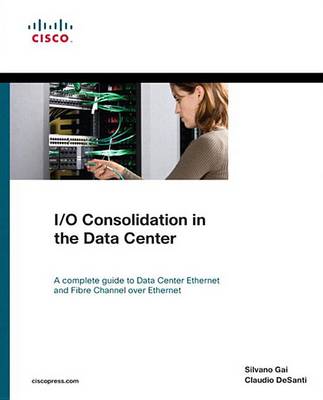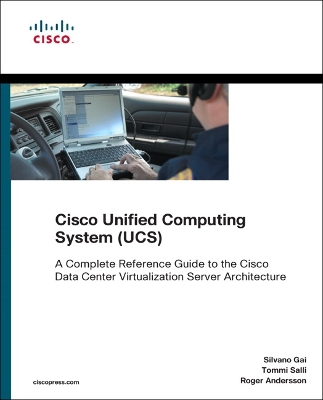Networking Technology
2 total works
The definitive guide to UCS and the Cisco® Data Center Server: planning, architecture, components, deployment, and benefits
With its new Unified Computing System (UCS) family of products, Cisco has introduced a fundamentally new vision for data center computing: one that reduces ownership cost, improves agility, and radically simplifies management. In this book, three Cisco insiders thoroughly explain UCS, and offer practical insights for IT professionals and decision-makers who are evaluating or implementing it.
The authors establish the context for UCS by discussing the implications of virtualization, unified I/O, large memories and other key technologies, and showing how trends like cloud computing and green IT will drive the next-generation data center. Next, they take a closer look at the evolution of server CPU, memory, and I/O subsystems, covering advances such as the Intel® XEON® 5500, 5600, 7500, DDR3 memory, and unified I/O over 10 Gbps Ethernet.
Building on these fundamentals, the authors then discuss UCS in detail, showing how it systematically overcomes key limitations of current data center environments. They review UCS features, components, and architecture, and demonstrate how it can improve data center performance, reliability, simplicity, flexibility, and energy efficiency. Along the way, they offer realistic planning, installation, and migration guidance: everything decision-makers and technical implementers need to gain maximum value from UCS–now, and for years to come.
Silvano Gai has spent 11 years as Cisco Fellow, architecting Catalyst®, MDS, and Nexus switches. He has written several books on networking, written multiple Internet Drafts and RFCs, and is responsible for 80 patents and applications. He teaches a course on this book’s topics at Stanford University.
Tommi Salli, Cisco Technical Marketing Engineer, has nearly 20 years of experience with servers and applications at Cisco, Sun, VERITAS, and Nuova Systems.
Roger Andersson, Cisco Manager, Technical Marketing, spent more than 12 years in the CLARiiON® Engineering Division at EMC, and 5 years as Technical Product Manager at VERITAS/Symantec. He is now focused on Cisco UCS system management.
- Streamline data centers with UCS to systematically reduce cost of ownership
- Eliminate unnecessary server components–and their setup, management, power, cooling, and cabling
- Use UCS to scale service delivery, simplify service movement, and improve agility
- Review the latest advances in processor, memory, I/O, and virtualization architectures for data center servers
- Understand the specific technical advantages of UCS
- Integrate UCS 6100 Fabric Interconnect, Cisco UCS 2100 Series Fabric Extenders, UCS 5100 Series Blade Server Enclosures, UCS B-Series Blade Servers, UCS C-Series Rack Servers, and UCS Adapters
- Use Cisco UCS Manager to manage all Cisco UCS components as a single, seamless entity
- Integrate third-party management tools from companies like BMC ®, CA ®, EMC ®, IBM ®, Microsoft ®, and VMware ®
- Practice all this with a copy of Cisco Unified Computing System™ Platform Emulator Lite (UCSPE Lite) on the DVD in the back of the book
This book is part of the Networking Technology Series from Cisco Press®, which offers networking professionals valuable information for constructing efficient networks, understanding new technologies, and building successful careers.

